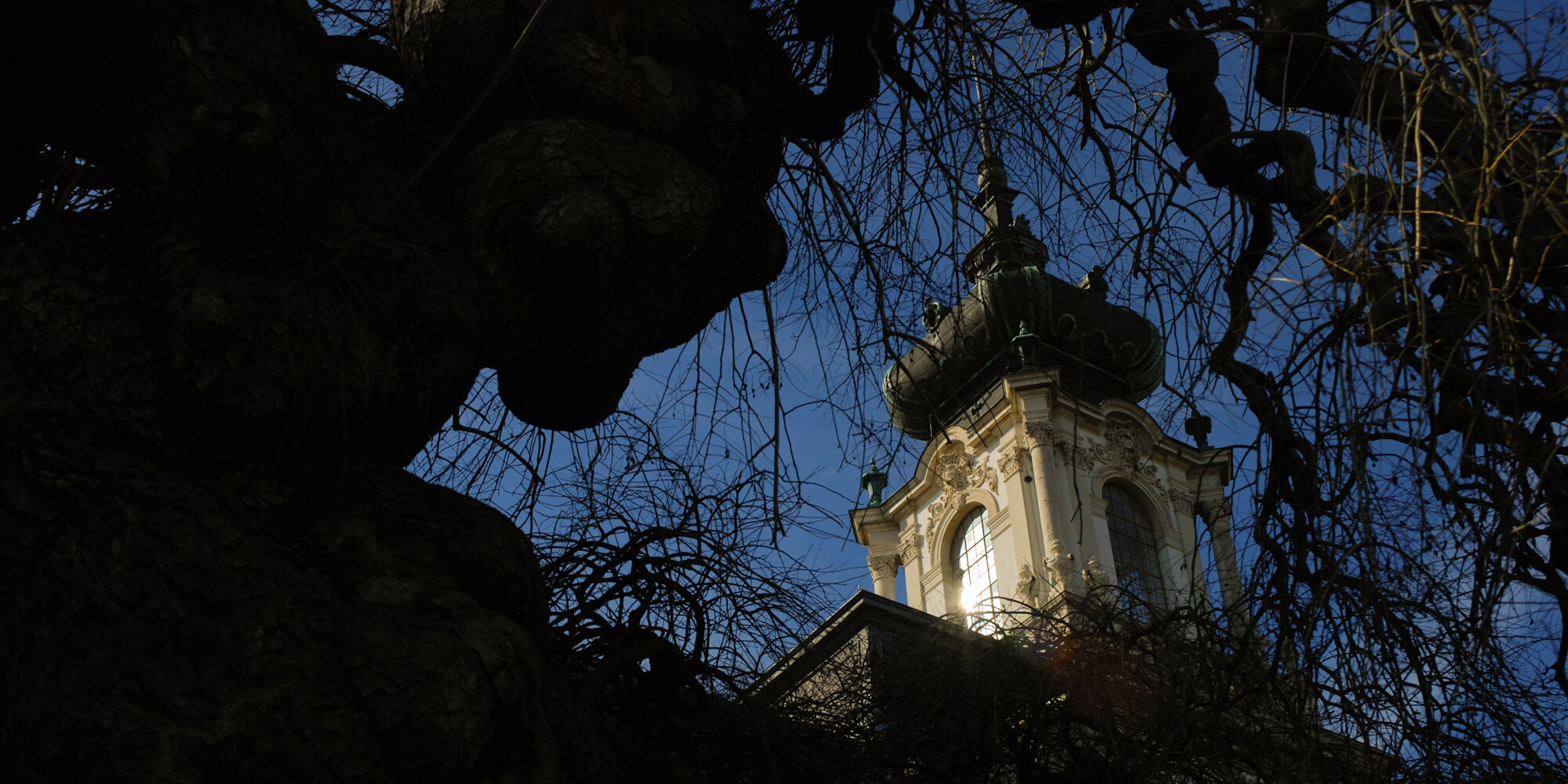Surely everyone has been to the Festetics Palace, but it’s worth noting that the most exciting sights are not always open to the public. Except when you are led through the mirror covered halls and the centuries by potato breeder turned all-knowing guide Miklós bácsi.
“I wanted to come to a nice place, so that I can spend my last years in beautiful surroundings. And I couldn’t find anything more lovely than this,” says Miklós bácsi – as he refers to himself –, who gives a full tour to tourists visiting the Helikon Palace Museum sometimes 4-5 times a day. His guided tours are not only in Hungarian, but in English and Russian, too. The elderly gentleman, who is way past seventy, admits he doesn’t always understand questions put to him in Russian anymore.
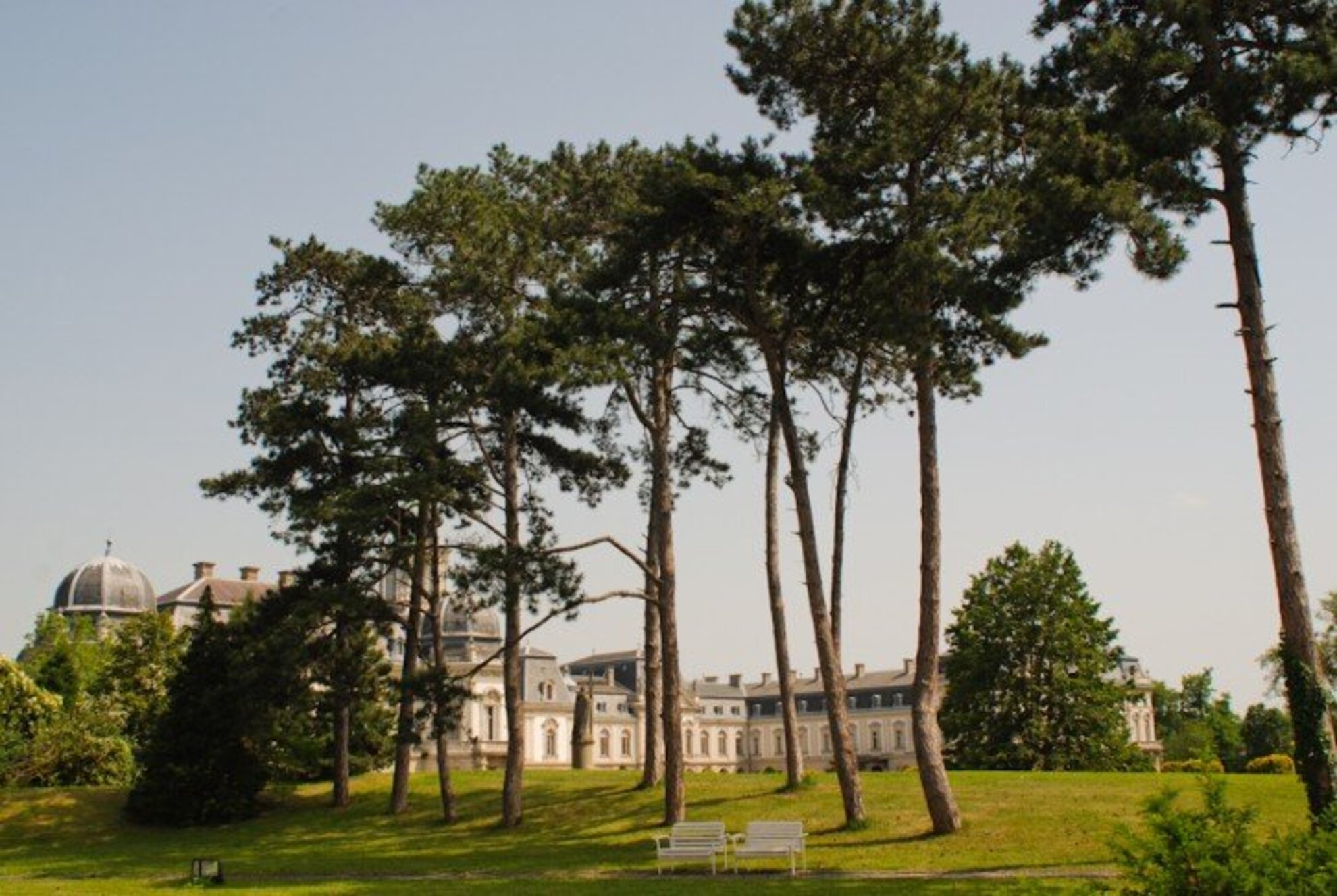
The walks start at the bottom of the spiral stairs leading up to the palace tower. Many turn right back from here, Miklós bácsi explains. That is, many who were lucky enough to have the choice in the first place, as this part of the palace is generally closed to visitors. What a shame: from the top of the tower you can admire the splendid view of Lake Balaton as well as the French and English gardens of the Festetics Palace.
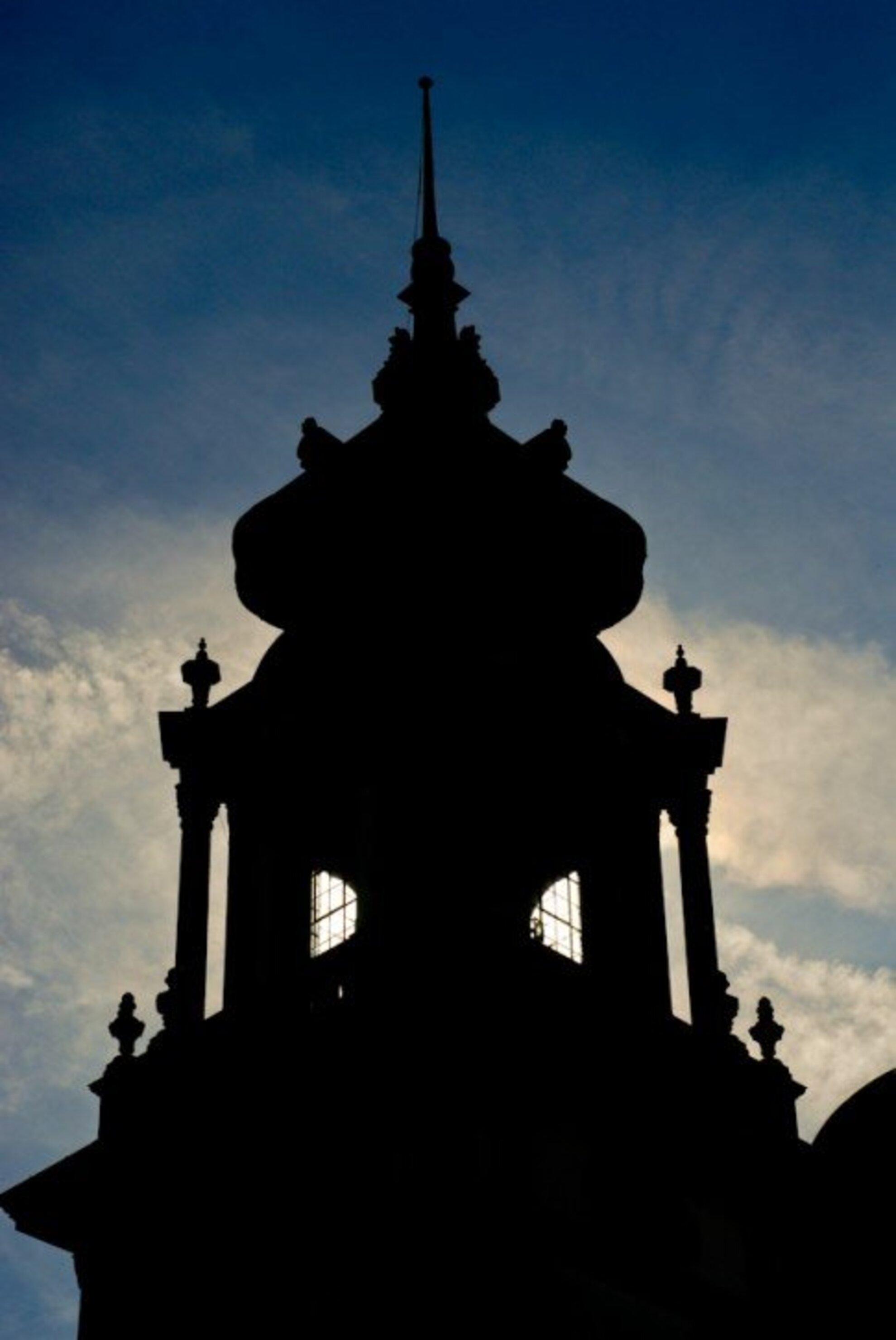
The entire area of the garden with its several-hundred-year-old trees, decorative flowerbeds, graceful fountains and statues has been declared a nature reserve. In the summertime you can try riding in a horse drawn carriage or on horseback, both exceptional experiences comparable to the thrilling climb up the tower.
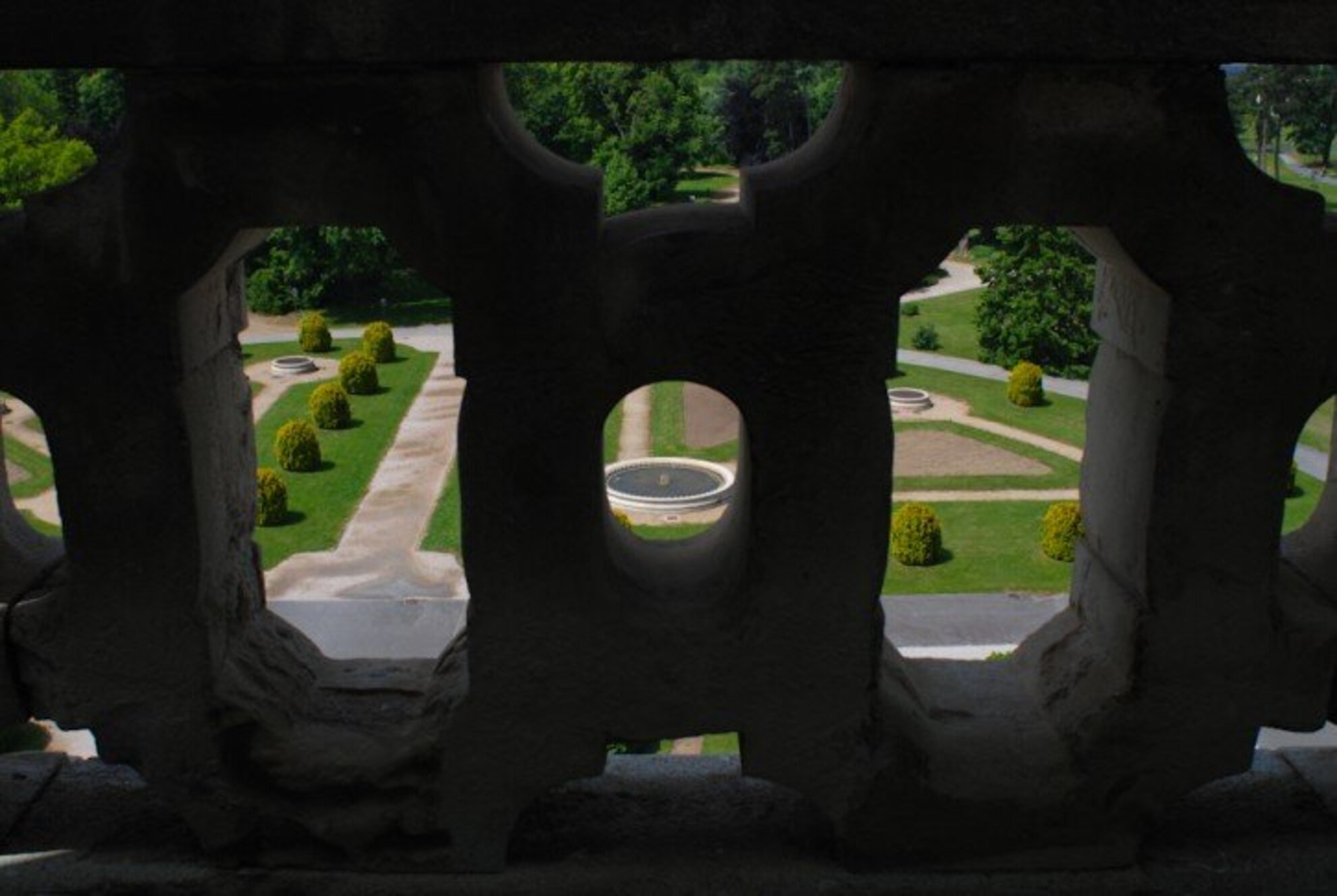
Miklós bácsi earned a degree in agricultural engineering, as did the manager of the Palace Museum and his other colleagues. The history of his alma mater is also intertwined with that of the Festetics family. Georgikon, the predecessor institution of the University of Pannonia, was founded as Europe’s first college of agriculture by György Festetics I in 1797. Located near the palace, the original building of the Georgikon currently houses an experience farm.
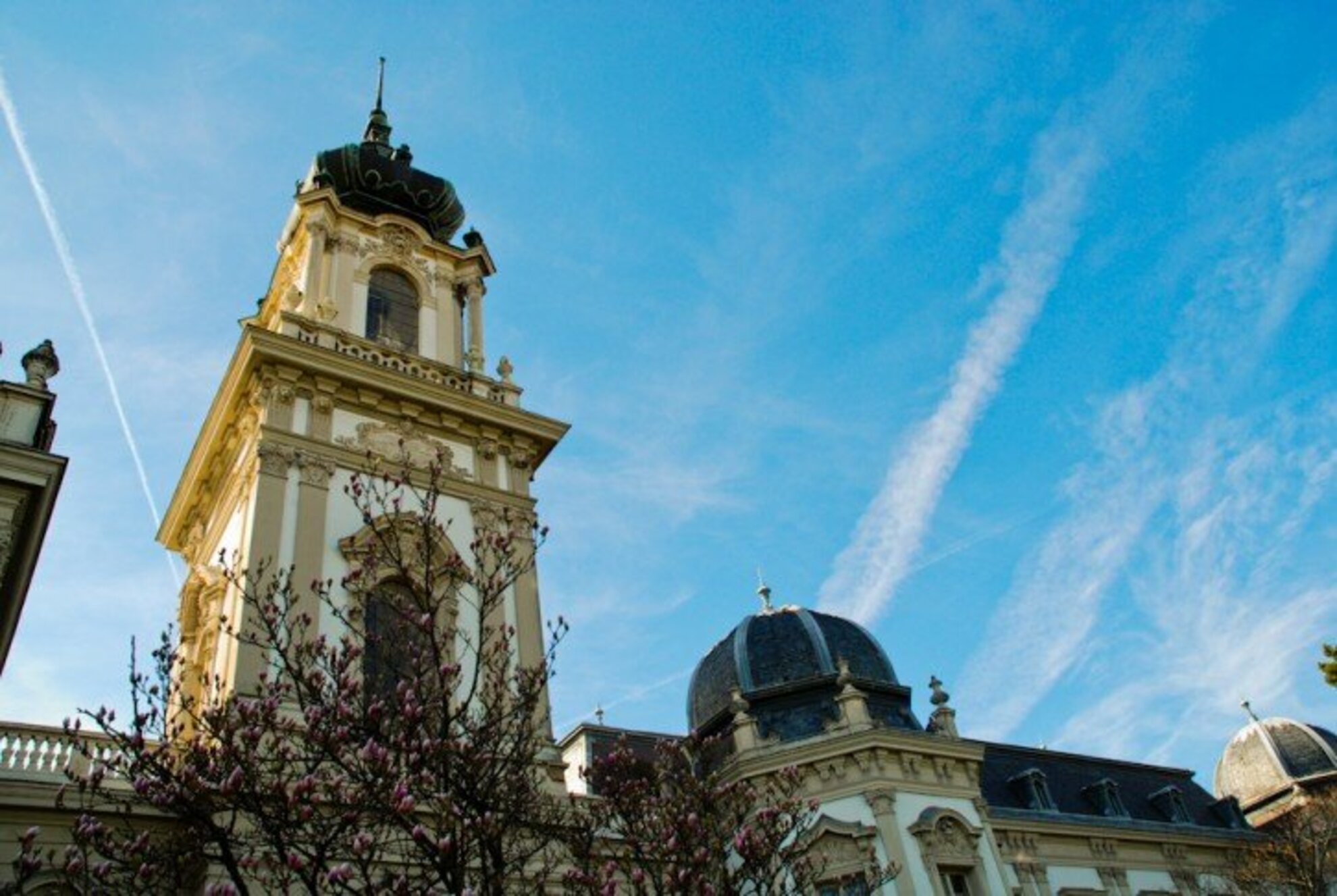
The gentleman with the ever-smiling eyes used to be a resident of the palace at one point, though “not as a prince, but as a poor student”. He occupied a tiny room in the north wing, and he would jump out the window each morning to run a circle around the estate with one of his pals.
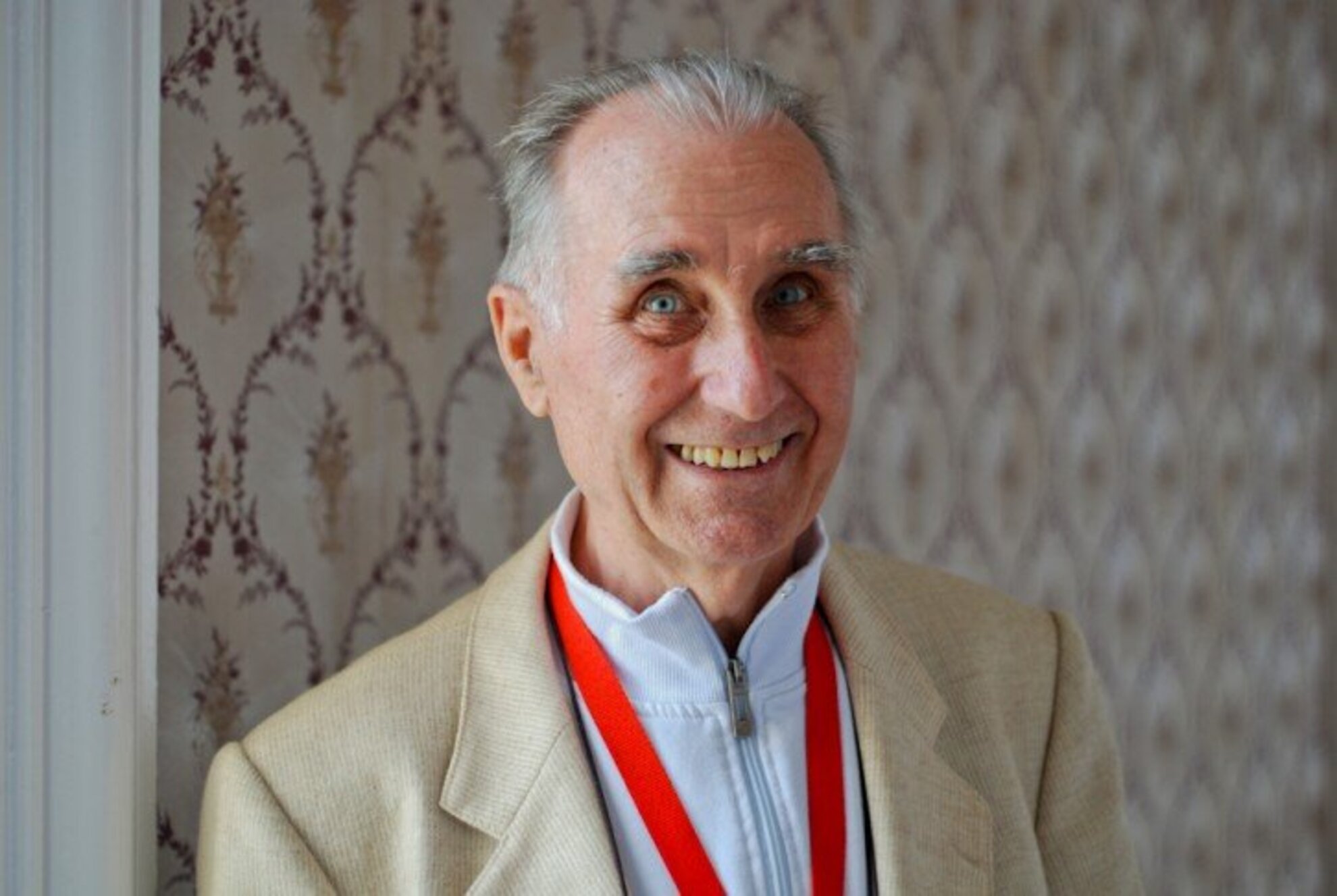
“I have fond memories of those times,” says the one-time potato breeder, who has turned into an expert on the Festetics family and has even made a scientific discovery in the palace library. He found that, contrary to earlier information, the first description of the potato plant dates further back than 1602, and it actually comes from 1579.
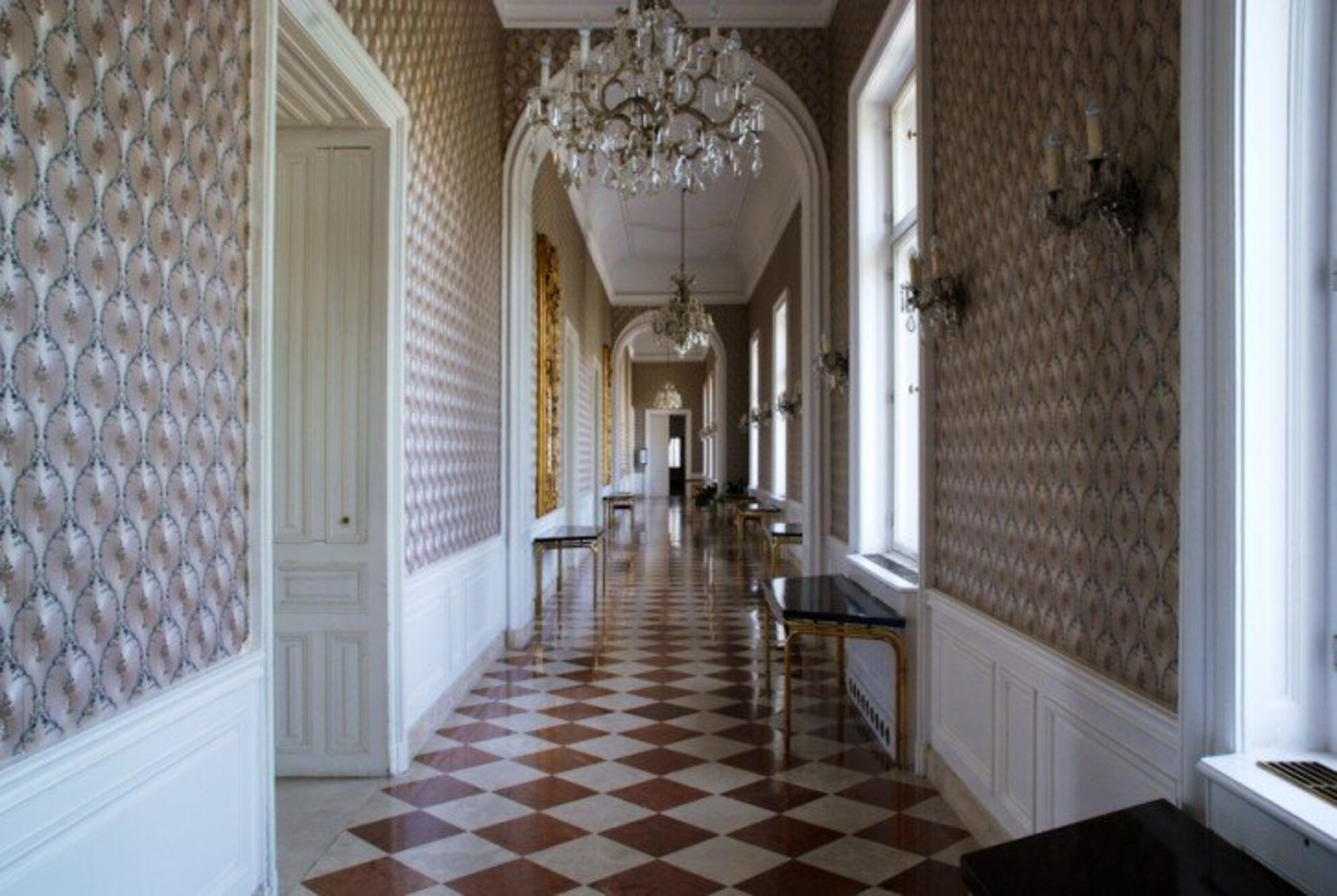
Breeding some varieties can take 10-15 years, and there are breeds in whose case he couldn’t see the process through: the Balaton Rose, for example, which he claims is “very popular today”. Once the nearby Balaton Fish and Farmers Market in Gyenesdiás organized a day dedicated specifically to potatoes, so if you are in the area and it is your lucky day, you might be able to buy some.
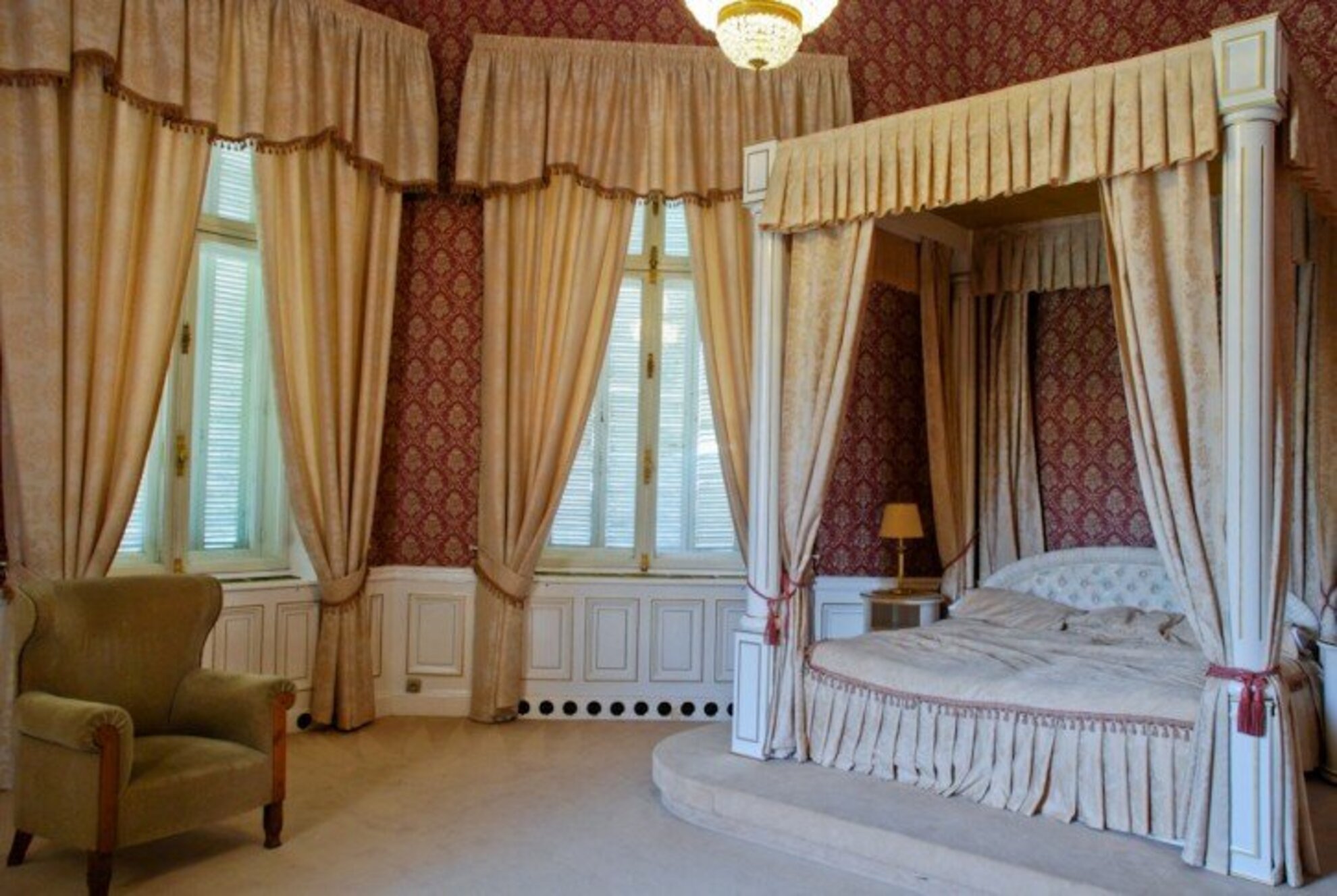
Miklós bácsi knows many anecdotes from the past couple hundred years of the Festetics clan. He tells us that in 1797 the report card of Georgikon students missing more than five classes were not signed, while going to the pub, playing cards and “getting servant girls in the family way” were prohibited.
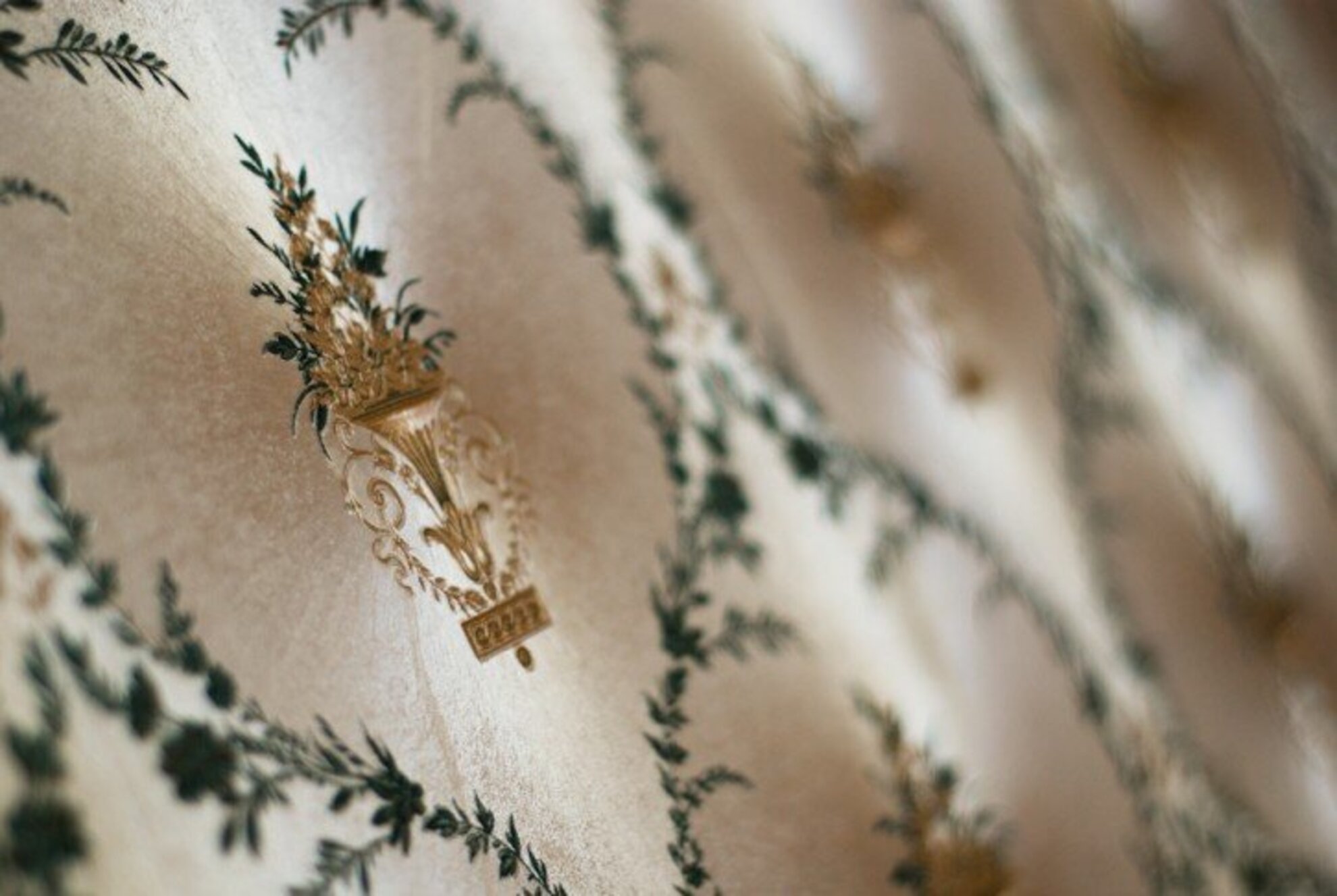
On our way to the smaller hall of mirrors, which is located between two ballrooms and is decorated with Venetian looking-glasses, the name of Imre Festetics, the younger brother of György, comes up and we learn that he discovered the four most important laws of genetics 45 years before Gregor Mendel. The smaller mirror hall, like the spiral staircase leading up to the tower, is not open to visitors for most of the year.
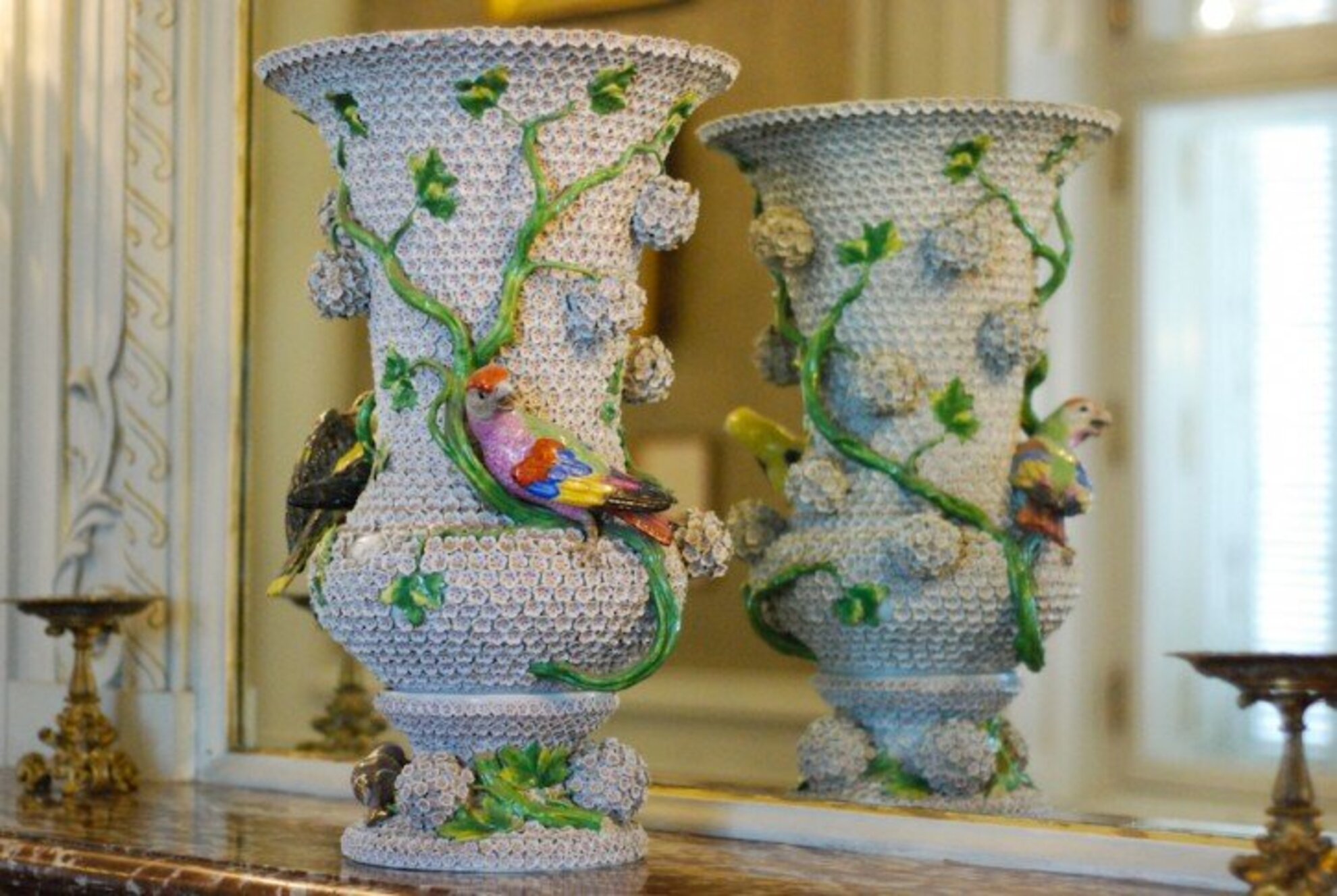
On Wednesday and Saturday evenings during the summer season visitors to these rooms are welcomed by Baroque attire donning staff members with a glass of champagne, and are given a candlelit tour while period music plays in the background.
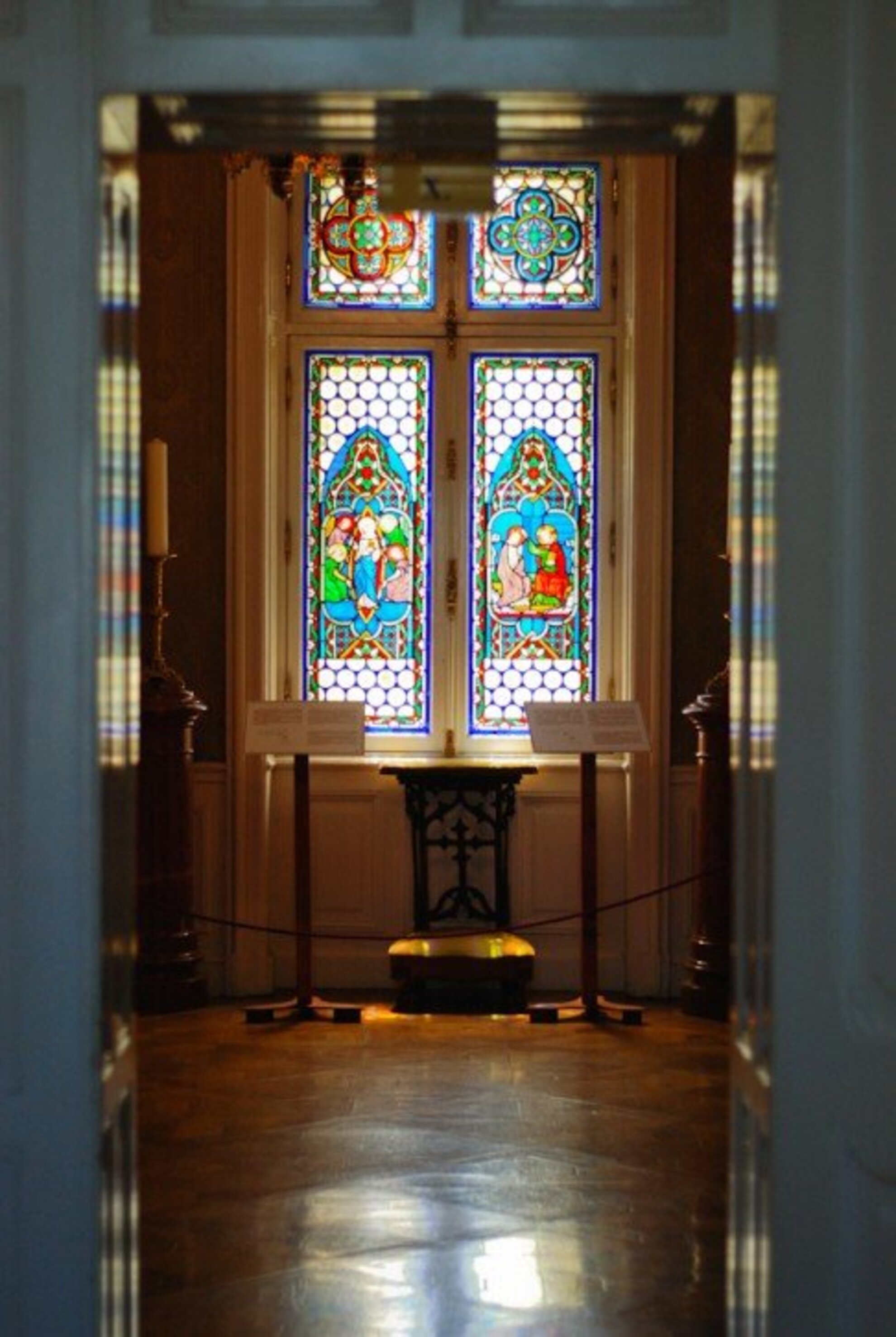
Thankfully, most of the palace’s more valuable pieces of furniture and paintings remained intact despite the destruction of the war and later nationalization. During the war the imposing hall of the library, whose interior was decorated by a local master, was saved from being looted by the intervention of a Soviet officer. Recognizing the worth of the artwork housed in the palace, he had all the art objects hauled to the room and had the entrance walled up. 40 years later he returned to see the palace in all its glory once again.
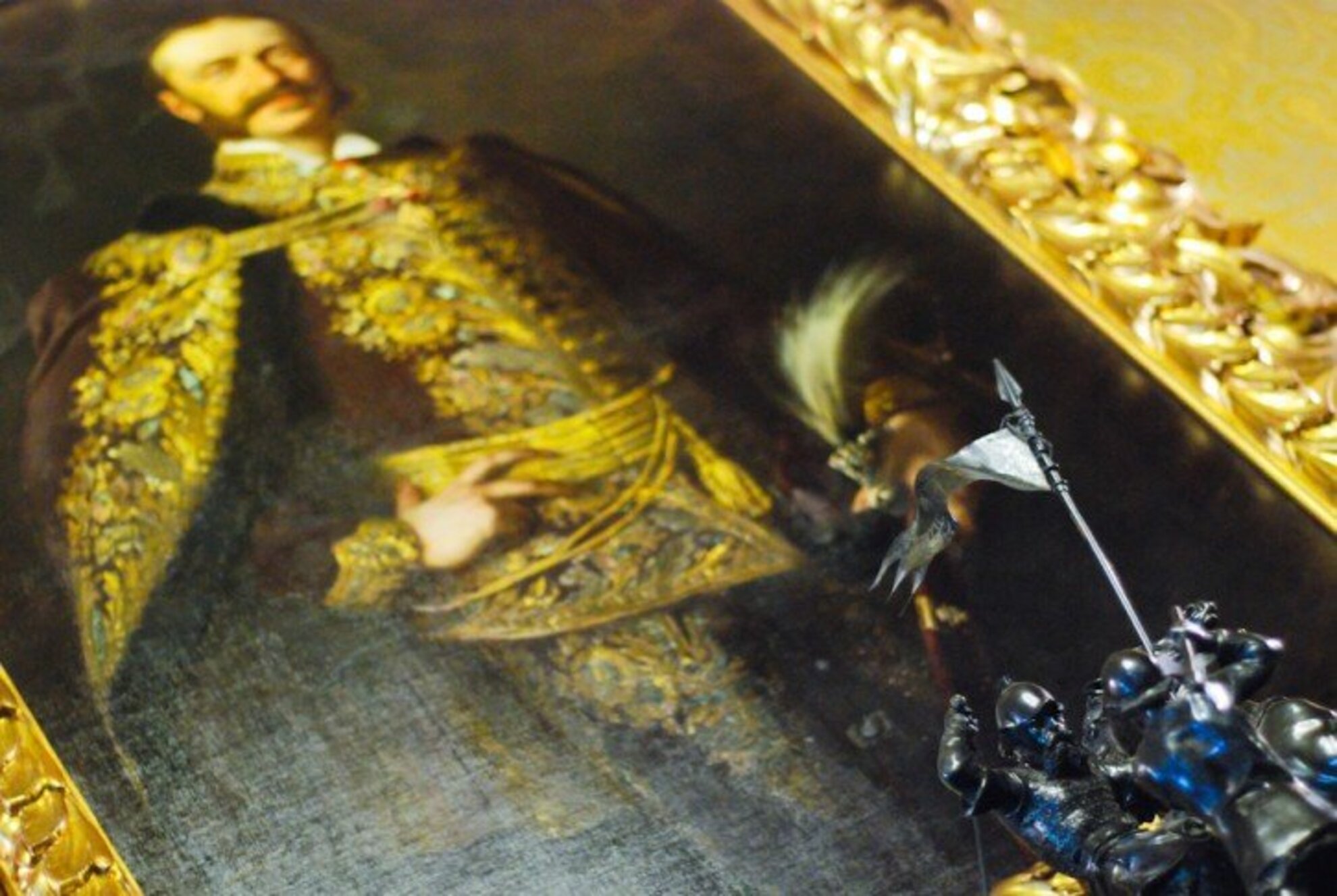
“They didn’t let this Palace collapse,” says Miklós bácsi, despite several different institutions being moved into the building after nationalization. The hall of mirrors once hosted an agricultural research institute, but a music school and a town library also found a home here for a period of time. At one point the cellar was occupied by a laundry for the army, while the ground floor ticket office was used by a press. In the end it was turned into its own museum under the name Helikon Palace Museum.
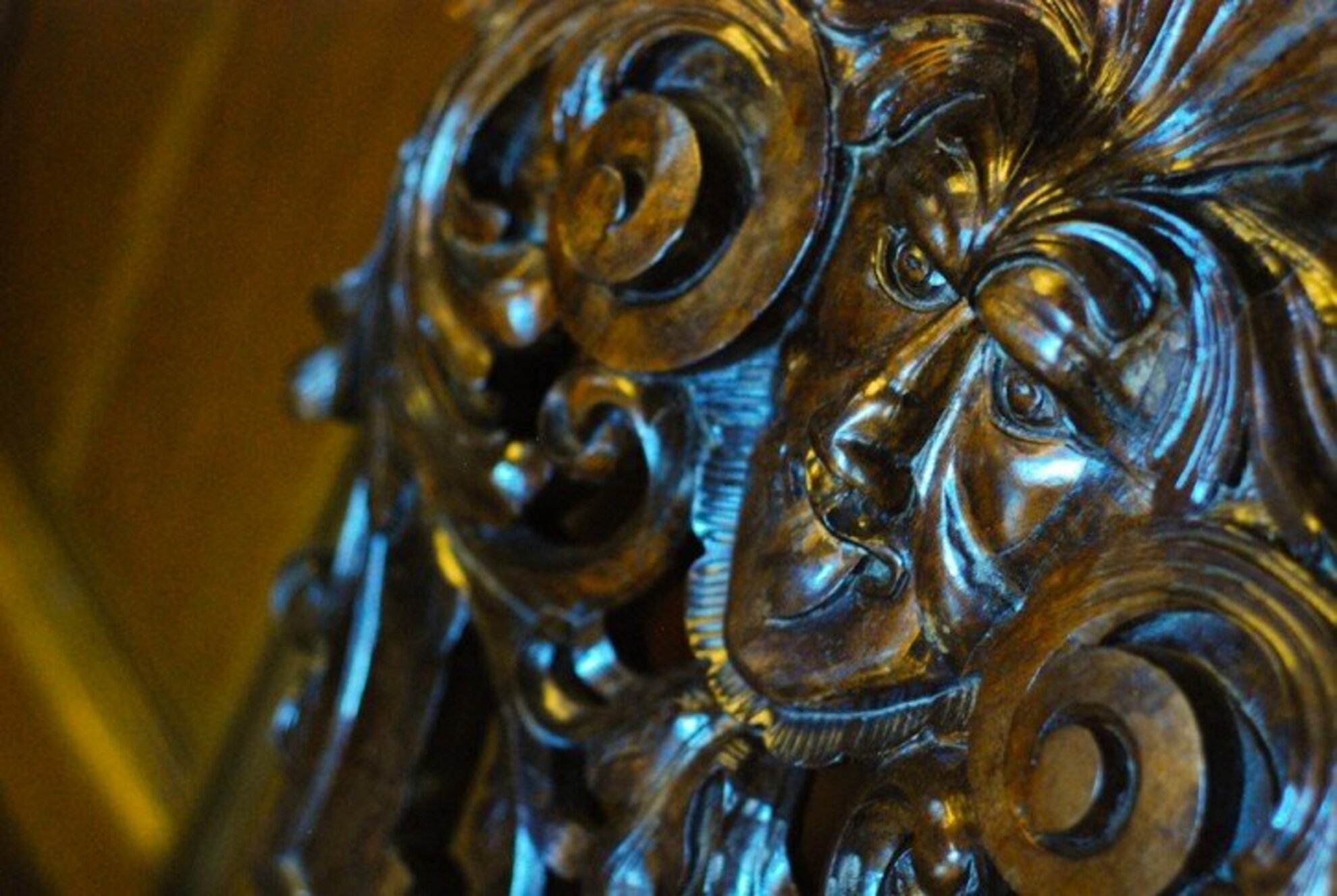
The massive wooden shelving units built without any metal bolts create a warm atmosphere in the library, which was filled up over the course of seven generations and contains 86,000 volumes at present. After the palace was nationalized in 1948, the management of the library was entrusted to the National Széchényi Library. Before the Second World War four codices, among them the Festetics codex and the Keszthely codex, and forty incunables were also part of the collection.
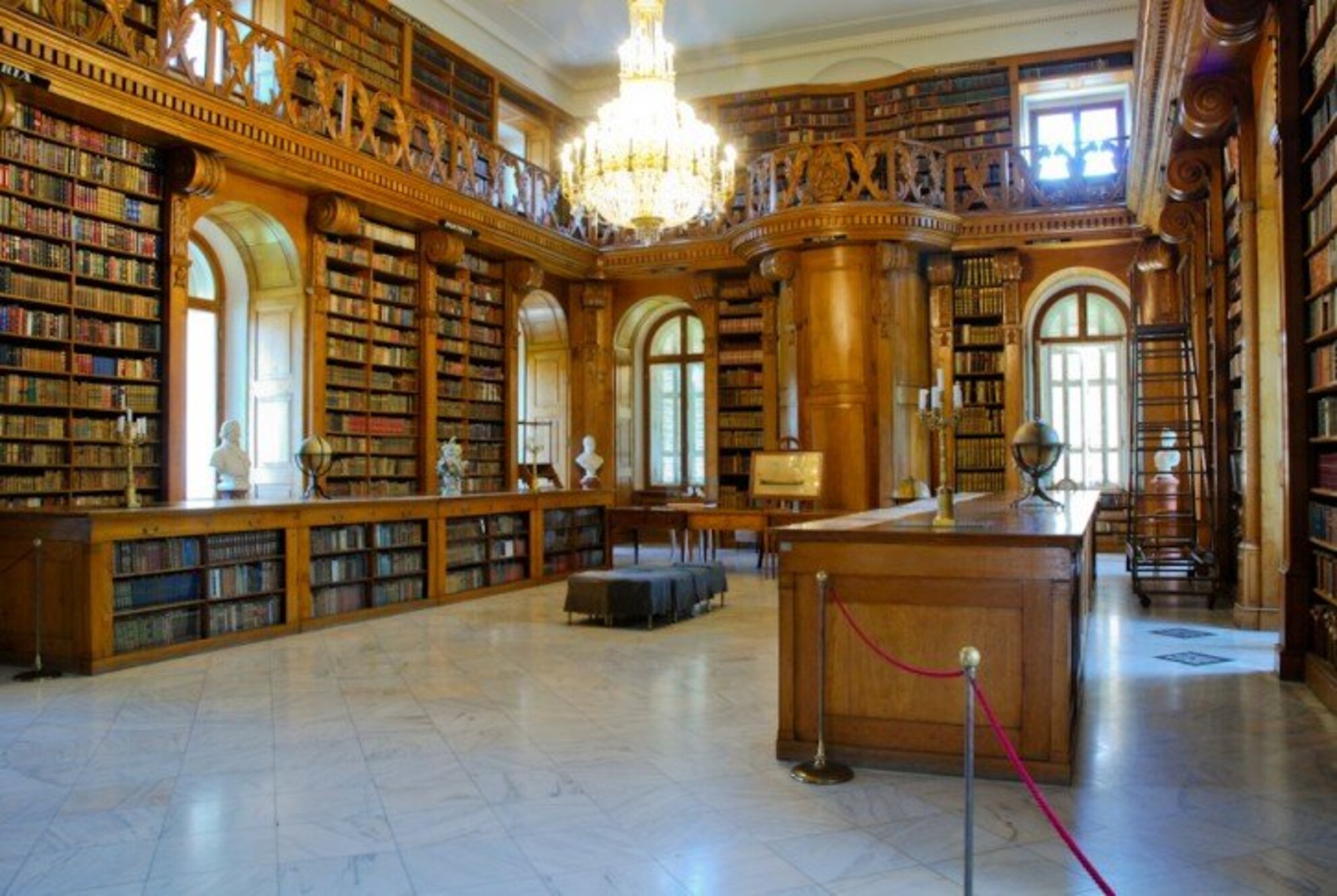
A handful of apartments have been preserved with period furniture. We have visited the ones where Hungary’s one-time regent Miklós Horthy and former president Árpád Göncz were put up during their respective visits, and we were also allowed into the honeymoon suite, where sunlight seeping through the shutters and a baldachin bed await those looking to spend the night in lavish surroundings befitting a lord.
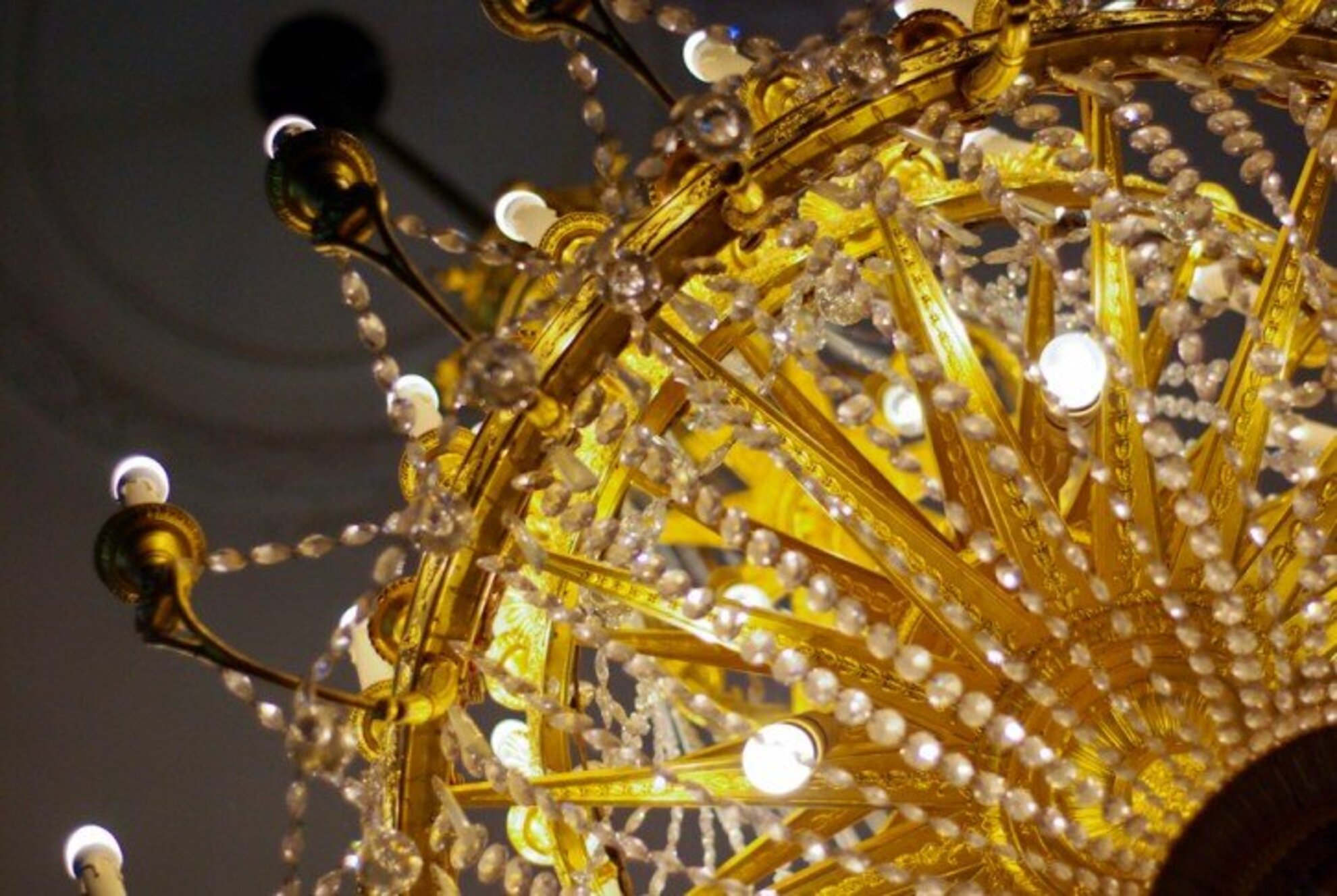
Several of the rooms in the palace are rented out to guests. They are furnished with old pieces, but the bathrooms have a modern interior. Breakfast and dinner are served upon request for an additional fee. A room will cost you around HUF 20,000-35,000 per night, which is not staggering at all, considering the character of the place.
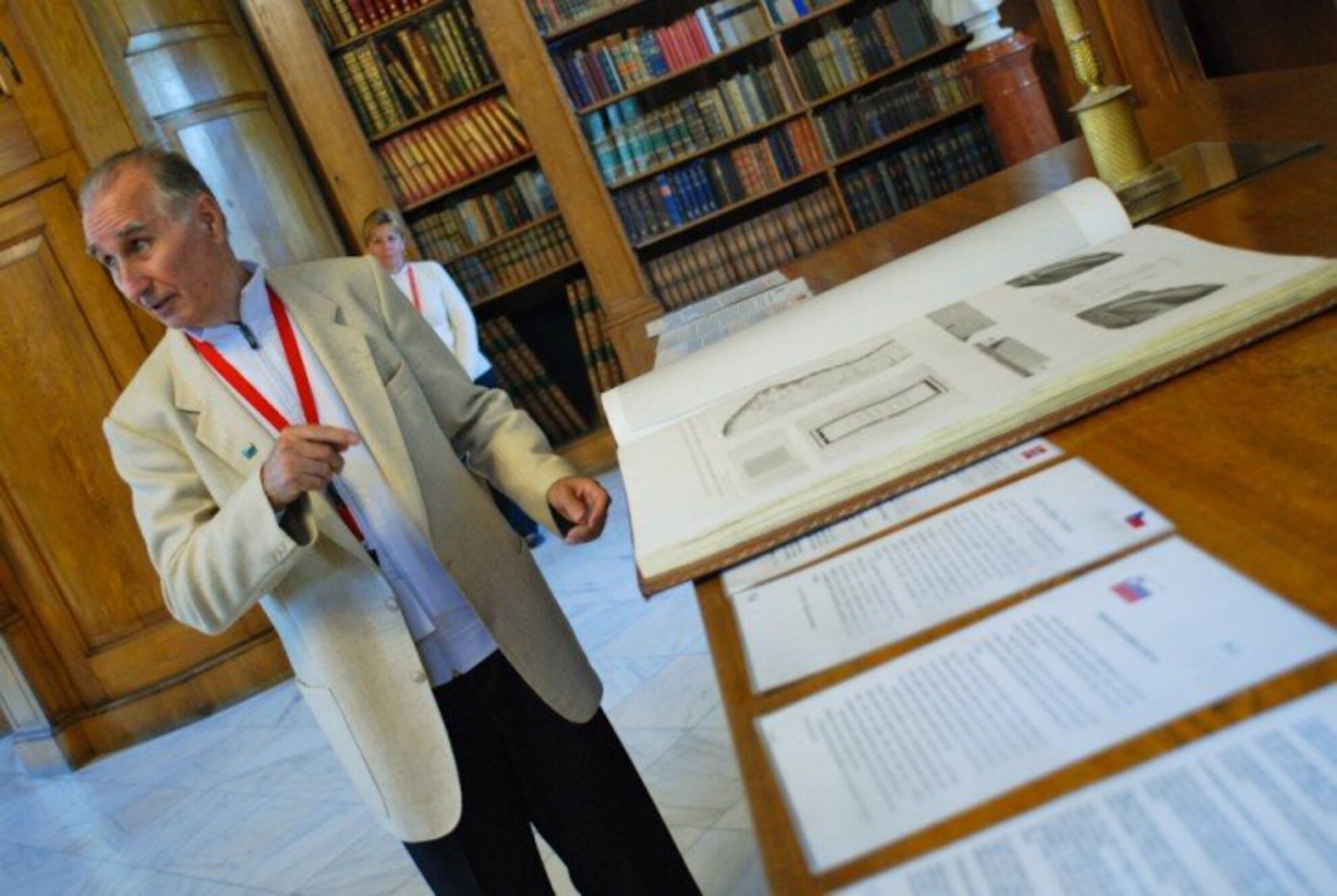
After wrapping up the tour inside the palace, we are taken to the carriage museum located in the garden. The collection, which is on display in the stable-carriage house of the former estate, is on par with the best ones in Europe, comprising more than 50 horse-drawn vehicles from the 18th and 19th centuries. In addition, visitors can also view horse-drawn sleds, carriage driving equipment, horse tack and silver knobbed riding crops made from reed.
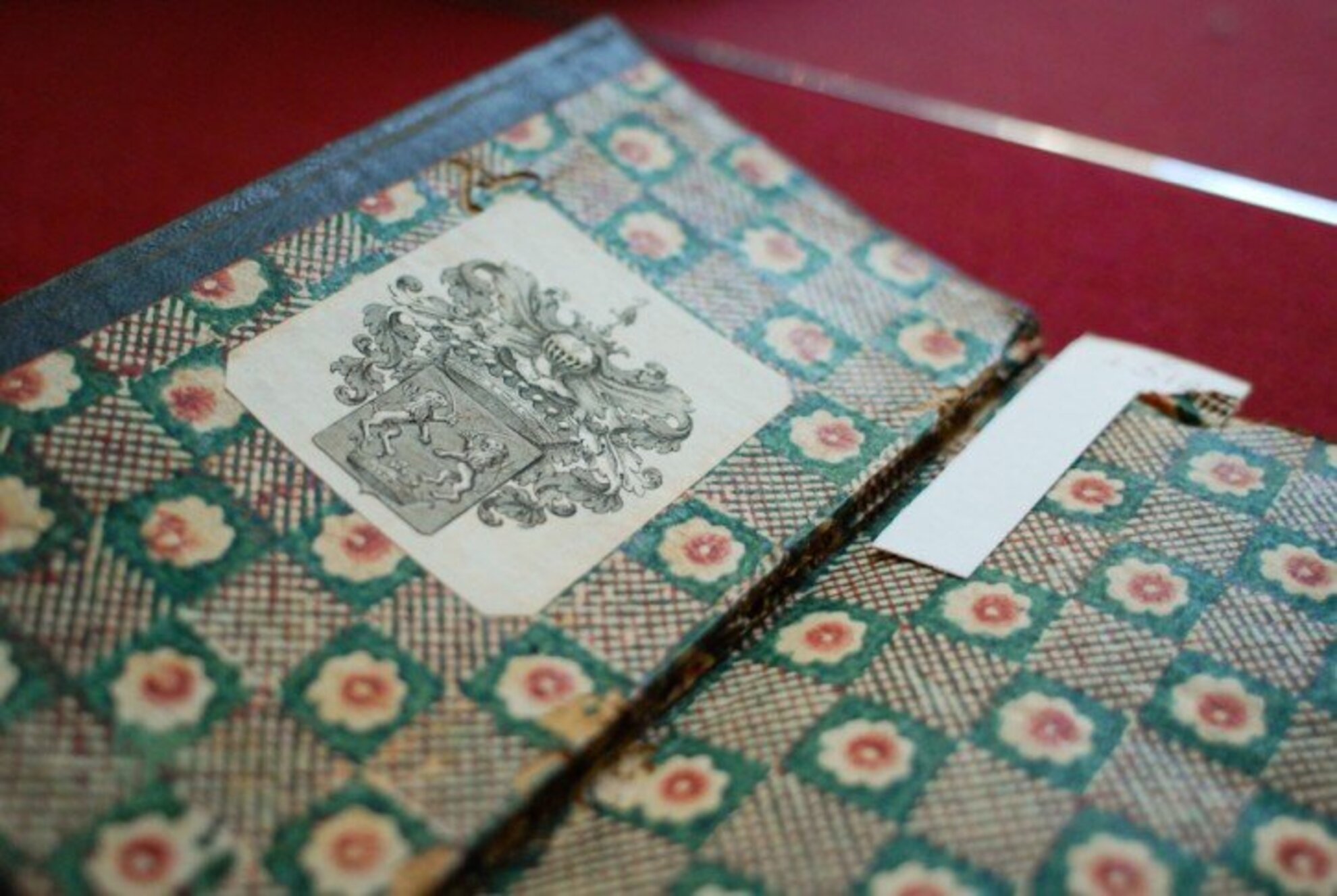
The Helikon Palace Museum, the library and the carriage museum are not the only sights you can check out in the palace and the huge garden. The hunting exhibition, the historical model railway exhibition and the Palm House, opened in 2012 to showcase rare plants and hundreds of hibiscus hybrids, are also well worth a visit.
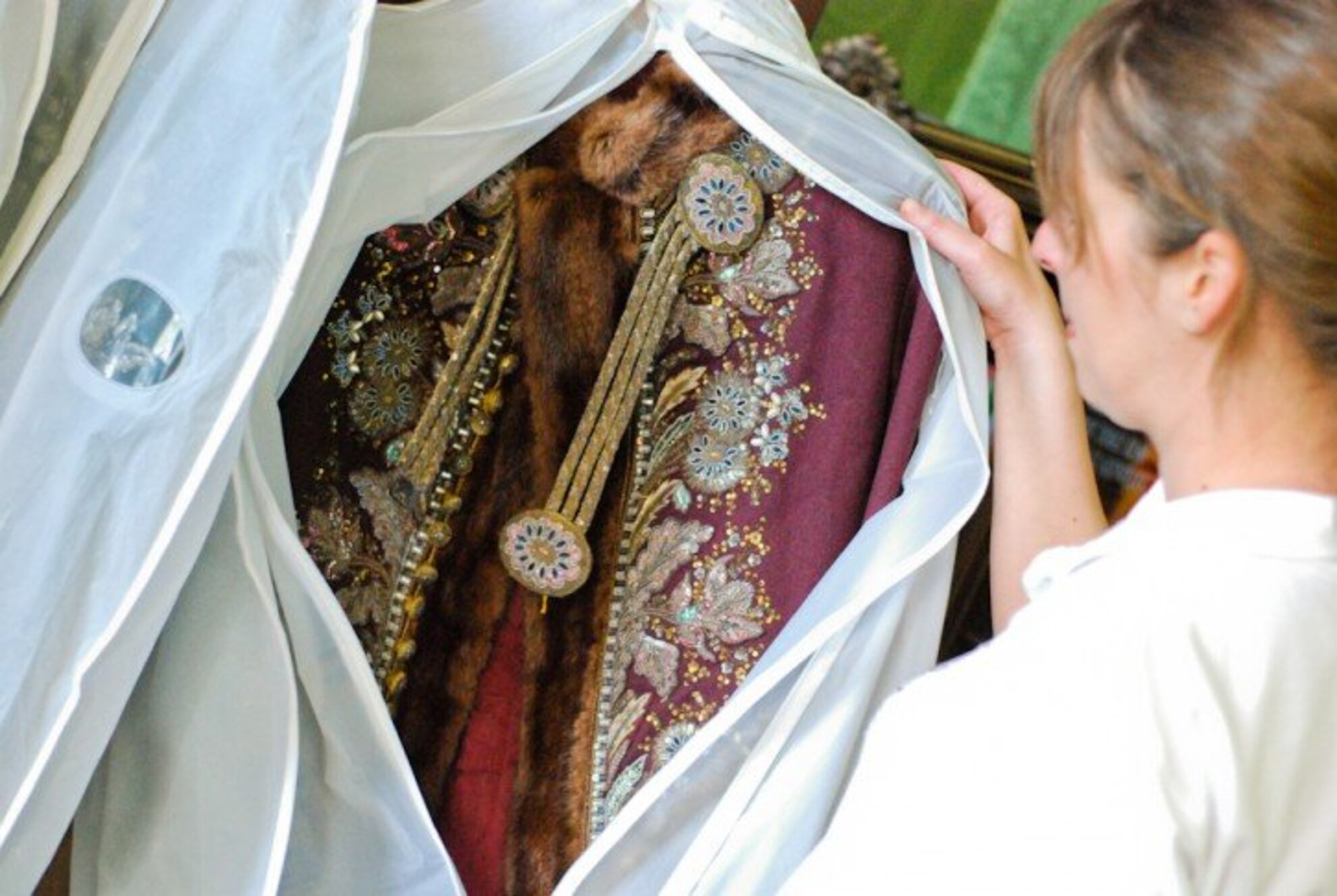
We wish Miklós bácsi’s guided tour would extend to these parts as well. Even though he claims that “we don’t talk about scandals”, if you pay close attention, you can pick up some juicy stories about the lords and ladies.
